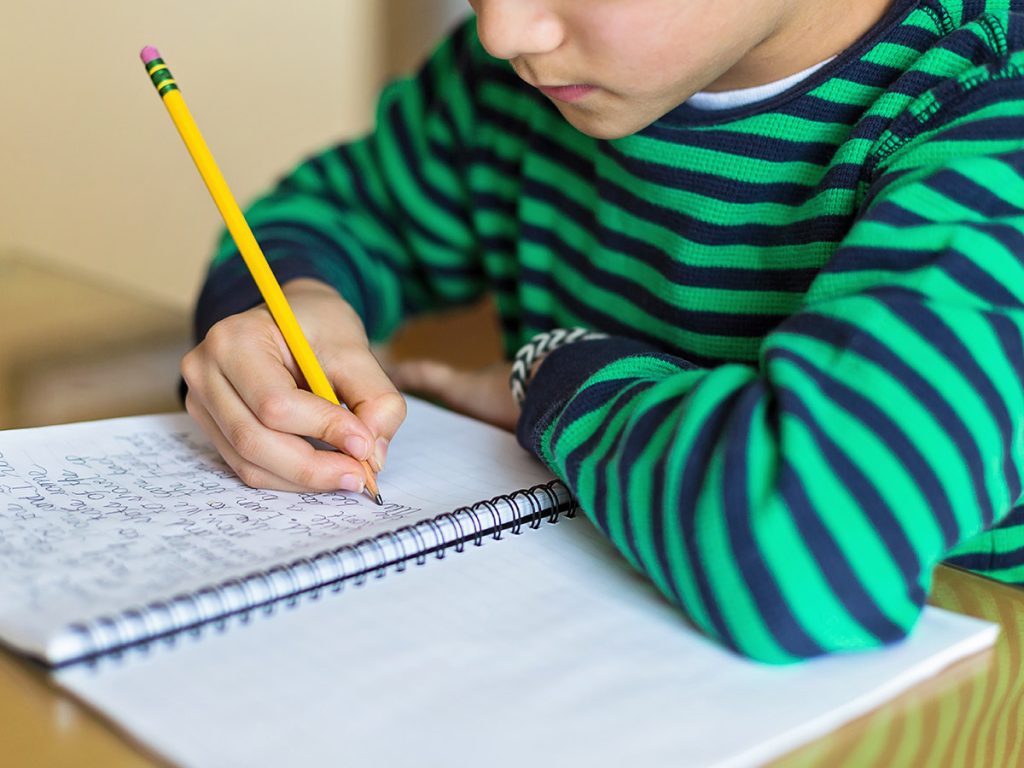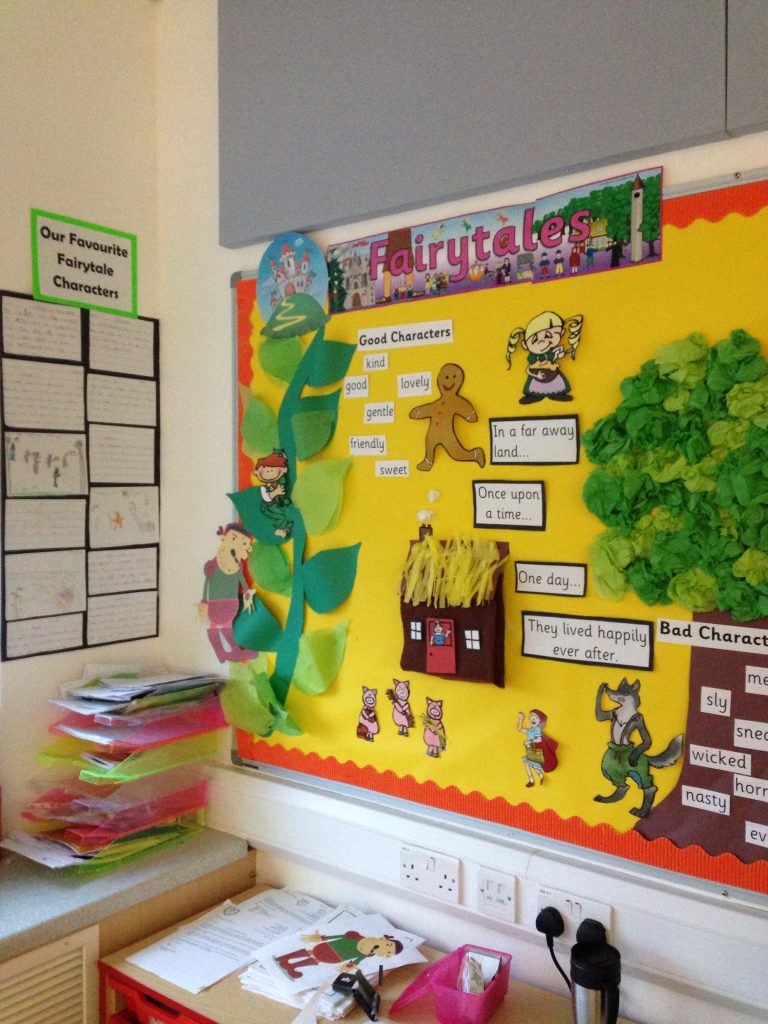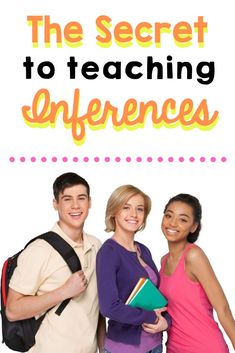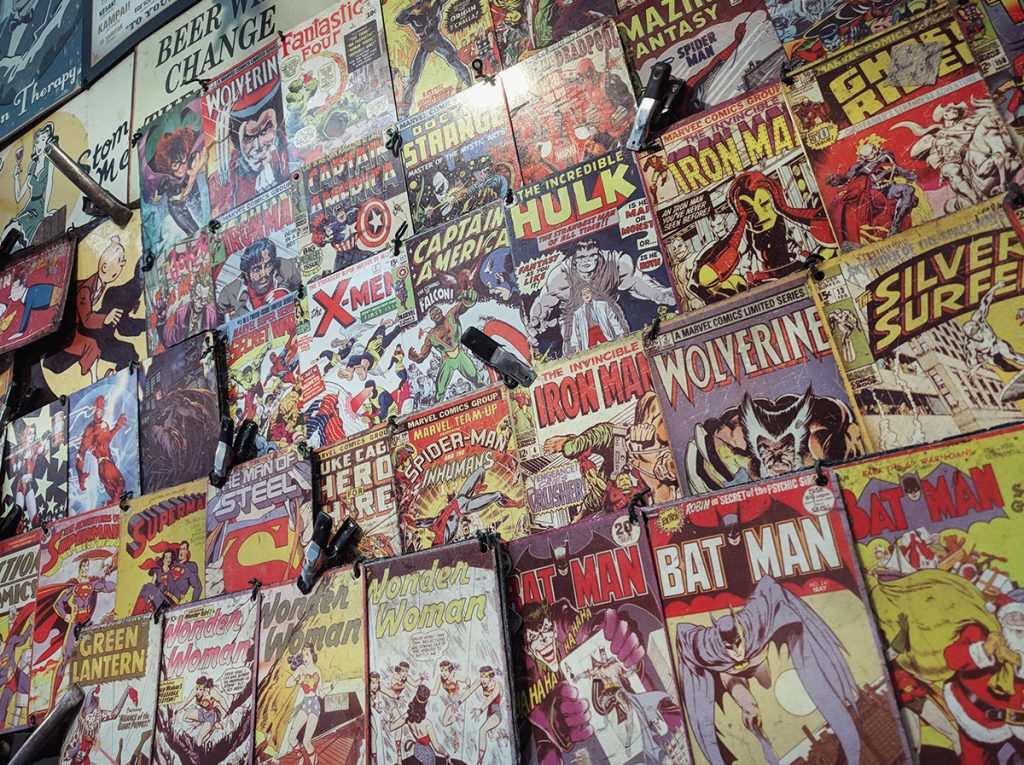Entering the world of teaching can often be a wake-up call for many new educators. Despite rigorous academic preparation, the reality of a classroom environment can present unexpected challenges not covered in the curriculum of university teacher training programs. Here’s what they didn’t teach you at university about beginning teaching.
Adapting to Varied Learning Styles
Universities do cover learning theories and teach future educators to prepare lesson plans. However, when you have a classroom full of diverse students, applying these theories can be vastly different from how it was theoretically understood. In practice, students’ learning styles are highly varied, and adapting on the fly to meet all these needs is a skill that is honed with experience.
Classroom Management Is an Art
The topic of classroom management does feature in teacher education programs, but dealing with 20 or 30 individuals with distinct personalities and motivators isn’t something you can fully grasp from textbooks. From handling disruptive behavior to maintaining engagement, these skills are often developed through trial and error in the classroom itself.
Parent-Teacher Interactions
Another area rarely touched upon in depth at university is dealing with parents. Parent-teacher relationships can be complex and require delicate communication skills, particularly when it comes to discussing a student’s difficulties or behavioral issues. It involves a level of diplomacy and understanding that often goes beyond academic training.
The Emotional Weight of Teaching
Teaching is not just academic; it’s emotional. The attachment to students’ successes and failures can personally affect teachers, which isn’t something that one is fully prepared for before entering the profession. The emotional labor involved in teaching is immense and can only be understood through experience.
Continuous Professional Development
Lastly, university might give the impression that once you graduate, your learning journey ends. This couldn’t be farther from the truth in teaching. Continuous professional development through workshops, additional certification, and staying current with educational trends and technologies are all key aspects of being an effective teacher.
In conclusion, while universities provide a necessary foundation for theoretical knowledge and teaching strategies, many aspects of teaching are learned on the job. Support from mentors, ongoing learning opportunities, and personal resilience play significant roles in navigating the uncharted waters of beginning teaching.











